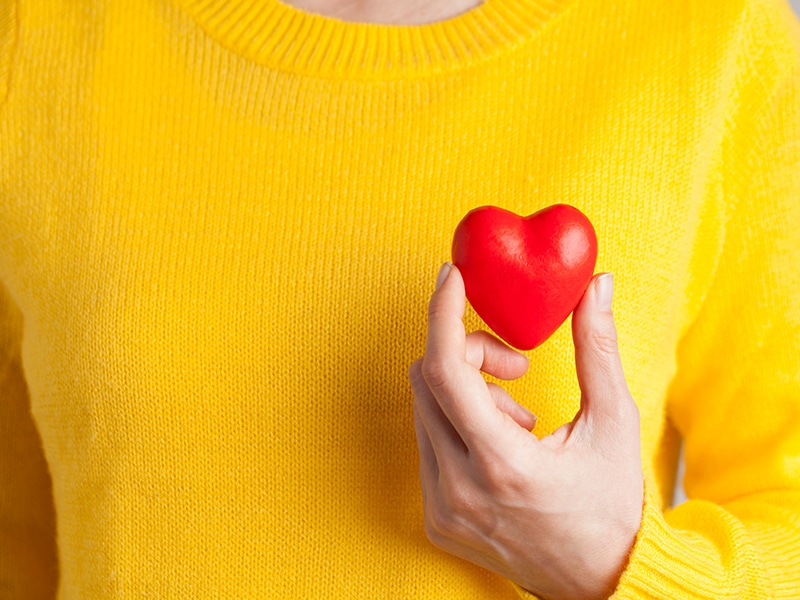Heart disease is the No. 1 cause of death for men and women in the U.S. — but sometimes the symptoms of heart attack are not the same for both sexes.
For both men and women, the most common symptom of a heart attack is chest pain. However, women may experience a heart attack without chest discomfort or pressure. Symptoms of a heart attack, for both men and women, include:
-
- Chest pain, discomfort, or pressure
- Pain or discomfort in the jaw, neck, or one or both arms
- Shortness of breath
- Lightheadedness
- Nausea or vomiting
- Cold sweats
- Dizziness
“Women may also experience extreme fatigue or pain in the lower chest or upper abdomen,” says Luis Bowen, MD, interventional cardiologist on the medical staff at Methodist Dallas Medical Center. “It’s not uncommon for women to write off their symptoms as things like acid reflux or the flu.”
The American Heart Association (AHA) recommends calling 911 as soon as you experience heart attack signs, even if you are unsure. Fast action is required for a heart attack, and minutes can save lives.
Heart disease and menopause
Risk for heart disease increases with age for men and women. However, women who have experienced menopause are at a greater risk for heart disease.
According to the AHA, 54 is the average age women experience menopause — 12 months without a period. Heart attack risk increases in women about 10 years after menopause occurs.
“The female hormone estrogen may keep blood vessels flexible in the inner layer of the artery wall, allowing them to expand to accommodate blood flow,” Dr. Bowen says. “Along with lower estrogen levels, unhealthy habits, such as eating a high-fat diet, smoking, and following a sedentary lifestyle, can increase heart disease risk.”
Find out if you’re at risk for heart disease.

